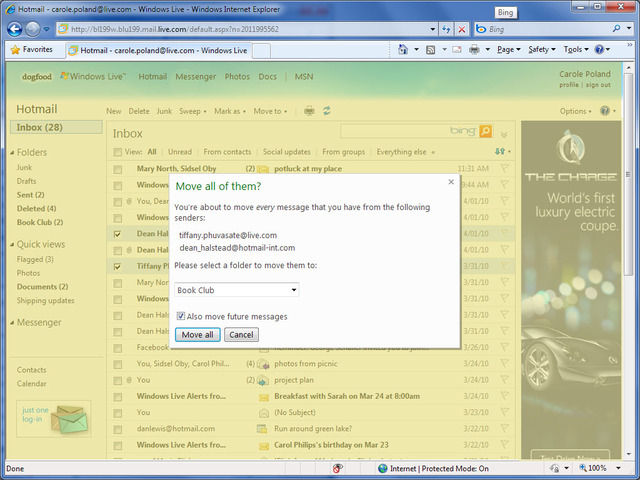Thinq has confirmed after speaking to Seagate's senior product manager Barbara Craig a 3TB hard drive will be announced later in the year. There are however a number of major issues beyond raising the areal density to allow users to get a 3TB drive running with full functionality.
One issue is many modern PCs are unable to run hard drives of this size because the original logical block addressing standard (LBA) cannot assign addresses to capacities larger than 2.1TB. The LBA standard was defined by Microsoft and IBM as part of the original DOS standard and it assigns an address to each 512-byte sector, the smallest physical block of data on a hard drive.
Seagate says Long LBA, which increases the number of bytes used to define an LBA address in the command descriptor block is the solution to getting around this problem. Craig believes the LBA issue was never seen as a problem until recent years. "Nobody expected back in 1980 when they set the standard that we'd ever address over 2.1TB."
The Long LBA standard however also requires supporting operating systems which include 64-bit versions of Windows 7 and Vista along with modified versions of Linux. Windows XP is not supported and Seagate warns users may not even be able to see 2.1TB of a 3TB drive. The company's tests have revealed in at least one case only 990MB of a 3TB drive was available to users running Windows XP.
"There's also a GUID partition table (GPT) that needs to be implemented for the master boot record." Craig explains this is necessary because master boot record partitions are currently restricted to 2.1TB as well and a new GPT partition table would be necessary to extend past this.
Users hoping to have the 3TB as a secondary disk will not find this to be a problem however further issues remain for those who want to boot their OS off a drive of this size.
The master boot record is also a significant part of the standard BIOS setup found in motherboards for several decades now. GPT is a part of the Extensible Firmware Interface (EFI) intended to replace the ASCII-based BIOS. It is managed by the United EFI Forum (UEFI) and it features a larger LBA scheme which allows for enough addresses to be provided for drives over 2.1TB. UEFI however is not the de facto standard for motherboards and only a select number of boards actually feature the UEFI system. Another problem for those who wish to use the 3TB drives in a RAID array will also have to have RAID drivers that support Long LBA.
Seagate will not be able to solve all of these problems themselves and will have to work with other players in the industry to make drives over 2.1TB a practical option for the average user. Craig says the move towards 3TB drives has sparked cooperation with other hard drive manufacturers.
The 3TB enterprise-level drives should be launched towards the end of this year if Seagate's problems get resolved.














38 Comments - Add comment